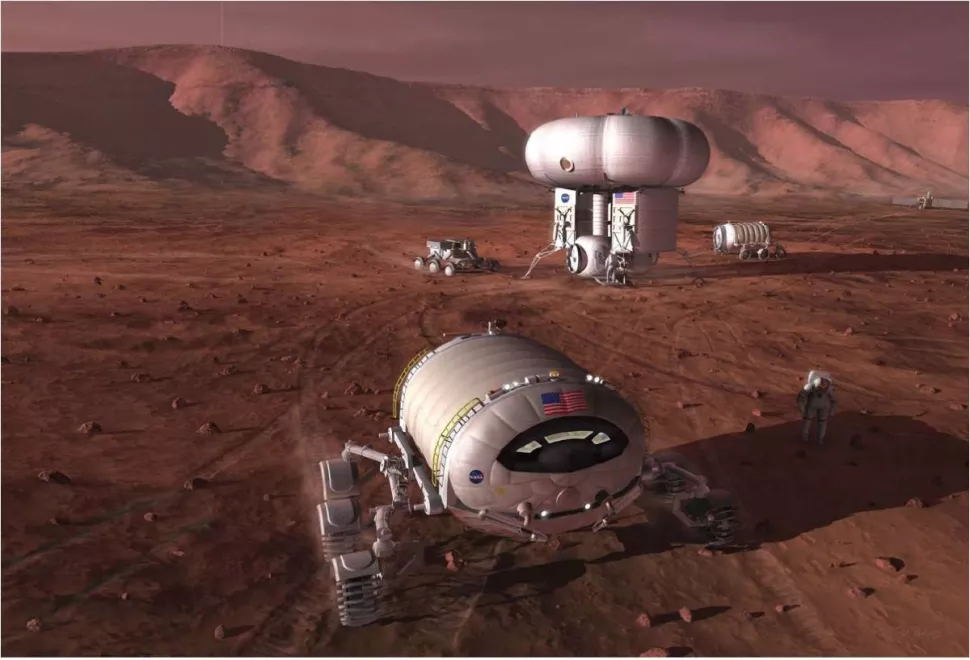On May 25, NASA disclosed the primary goal of the 30 day Mars landing mission carried out by two people last week and asked the public to provide feedback on the progress of the plan. Initially, the agency set the deadline for feedback on May 31, but now it has extended it to June 3.

NASA's goal is to send astronauts to Mars in the late 1930s or early 1940s, but there are many challenges to turning this vision into reality. For example, even if NASA can ensure sufficient funds and significant progress in technology within the expected time, considering the distance between earth and Mars, the round-trip time still needs about 500 days.
In addition, gravity is also a problem because the current spacecraft looks completely different from that seen in the film Mars rescue (2015). Astronauts will travel in space in microgravity for several months, and may not fully recover for a long time after arriving on Mars, because the gravity on Mars is about one-third that of the earth.
NASA suggests that one way to solve this problem may be to let astronauts live in pressurized Rovers during their missions.
Kurt Vogel, NASA's director of space architecture, said: "we want to make the most of scientific knowledge so that we can fully adapt them to wear spacesuits, drive around and explore as much science as possible in 30 days."
PAM melroy, deputy director of NASA, said: "The feedback we receive will provide a basis for our lunar and Martian exploration plans for the next 20 years. We are looking for internal and external stakeholders at NASA to help us coordinate these goals and ensure that we are as transparent as possible throughout the process. In this way, we will identify potential deficiencies in our architecture and areas where we are consistent with future cooperation goals of industry and international partners."
Jim free, head of NASA's exploration system development mission Committee, said: "these goals will promote our first space simulation mission to Mars and prepare us for our first mission on the surface of Mars. After reviewing the feedback on these goals, we will discuss these opinions with our partners and finalize our mission framework this fall."
NASA's Mars landing mission plan is still in its early stage and may change greatly. But so far, NASA has envisioned using spacecraft with similar habitats and hybrid rockets (powered by chemical fuel and electric propulsion) to transport the crew to Mars.
The mission will involve four people, two of whom will land on the surface of Mars, and the other two will stay in orbit to provide support. This process is somewhat similar to the team of three astronauts in the Apollo project.
On the surface of Mars, NASA has prepared about 25 tons of supplies and hardware for astronauts, which were transported by previous robotic missions. These supplies will include a fully fueled astronaut ascent vehicle that will help astronauts leave the surface of Mars and return to an orbiting spacecraft orbiting the earth.
NASA has not yet issued a standard information request or formal contract offer for this mission concept. The agency is currently focusing on launching the unmanned Artemis 1 mission in preparation for a manned mission to the moon by 2030. NASA has said that landing on the moon is crucial to preparing for landing on Mars.
But more stakeholders are about to comment on the Mars program. NASA promised to hold a seminar in June to invite "partners from American industry and academia to discuss the draft objectives of the Mars program". In addition, invited international organizations can also express their views at the second seminar in July.